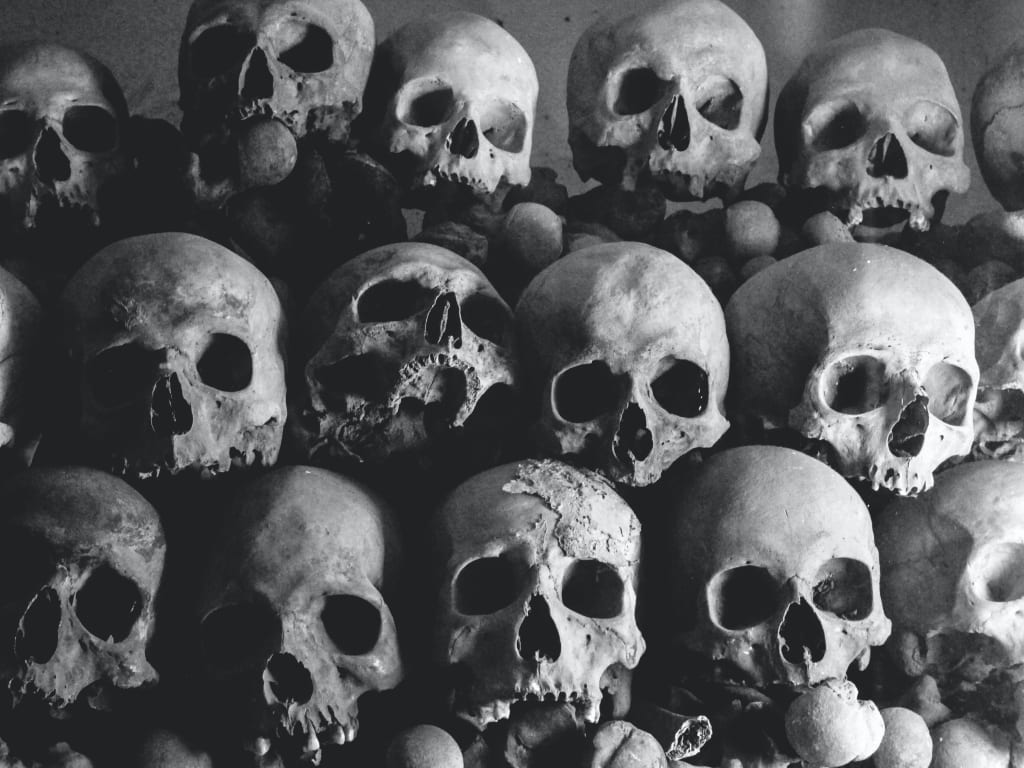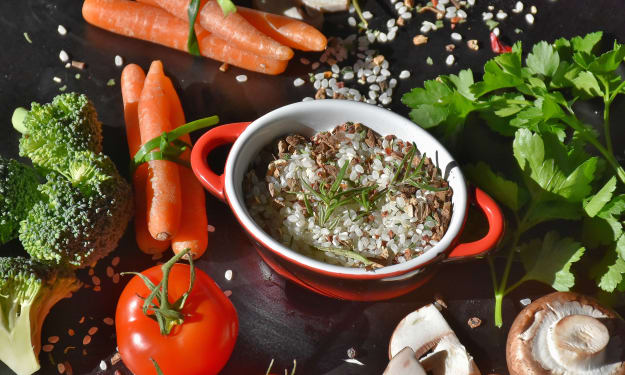
The process of digestion involves breaking down the food we eat into smaller molecules that can be absorbed by the cells in our body. The digestive system, which consists of organs, glands, and tissues, manages this process. There are seven main organs in the digestive system: the mouth, esophagus, stomach, small intestine, large intestine, rectum, and anus. These organs are connected to each other, forming the elementary canal or gut.
When you eat a sandwich, for example, the digestion process begins in the mouth. Chewing the food helps grind it into smaller bits, and saliva in your mouth softens the food and contains enzymes that break down complex carbohydrates into simpler ones. The ball of food, called a bolus, then passes down through the esophagus using muscle contractions and relaxation, and reaches the stomach.
The stomach is a muscular sac where the food mixes with gastric juices. These juices, produced by the body in large quantities, contain enzymes that break down proteins. Once the food is broken down, it is pushed into the small intestine, which is about 20 feet long. In the small intestine, the food mixes with other enzymes like bile and pancreatic juices, further breaking it down into its smallest components. This allows for the absorption of most nutrients and water by the walls of the small intestine.
The remaining nutrients that could not be absorbed in the small intestine are passed down to the large intestine. The main function of the large intestine is to absorb water and break down fiber in the food. After the cells have absorbed all the necessary nutrients, the leftover content, called waste or excreta, is passed out of the body through the anus in the form of stools.
The time it takes for food to be completely digested can vary depending on the type of food. For example, a sandwich may take around six to eight hours to pass through the stomach, small intestine, and large intestine. Watermelon, on the other hand, can be broken down by the stomach in about 20 minutes, while chicken may take around four hours. The total time food stays in our system can range from one to three days.
To improve digestion, it is recommended to include more fruits, vegetables, and grains in your diet, while limiting the consumption of red meat and processed food. Drinking plenty of water, adding probiotics to your diet, exercising daily, and getting enough sleep can also contribute to better digestion.
I hope this provides you with a better understanding of how food is digested in our body. If you have any more questions, feel free to ask! BONES FACTS:
Yes, I understood the joke you shared. It's a play on words between the word "body" meaning a physical structure and the word "body" meaning a group of people. It's a lighthearted joke about a skeleton feeling lonely because it doesn't have the company of other bodies.
As for your video script about bones, it provides interesting facts about the skeletal system. You mentioned that as babies, we are born with 300 bones, which fuse together as we grow, resulting in a total of 206 bones in adulthood. Bones provide support, shape, and protection to our bodies, enclosing and safeguarding vital organs like the brain and heart.
You also shared trivia about bones, such as the femur being the longest and strongest bone in the body, and the stapes bone in the ear being the smallest bone. The pelvis bone is slightly bigger and wider in females to aid in childbirth. Calcium is vital for bone health, and it is primarily stored in bones, but the body cannot produce calcium and relies on dietary sources.
Skipping a calcium-rich diet can lead to calcium depletion from bones, making them weak and susceptible to conditions like osteoporosis. Fractures are common, with the collarbone and bones in the arms being particularly prone to injury. Bones have the remarkable ability to heal themselves, aided by the formation of calluses and the growth of new bone cells.





Comments
There are no comments for this story
Be the first to respond and start the conversation.